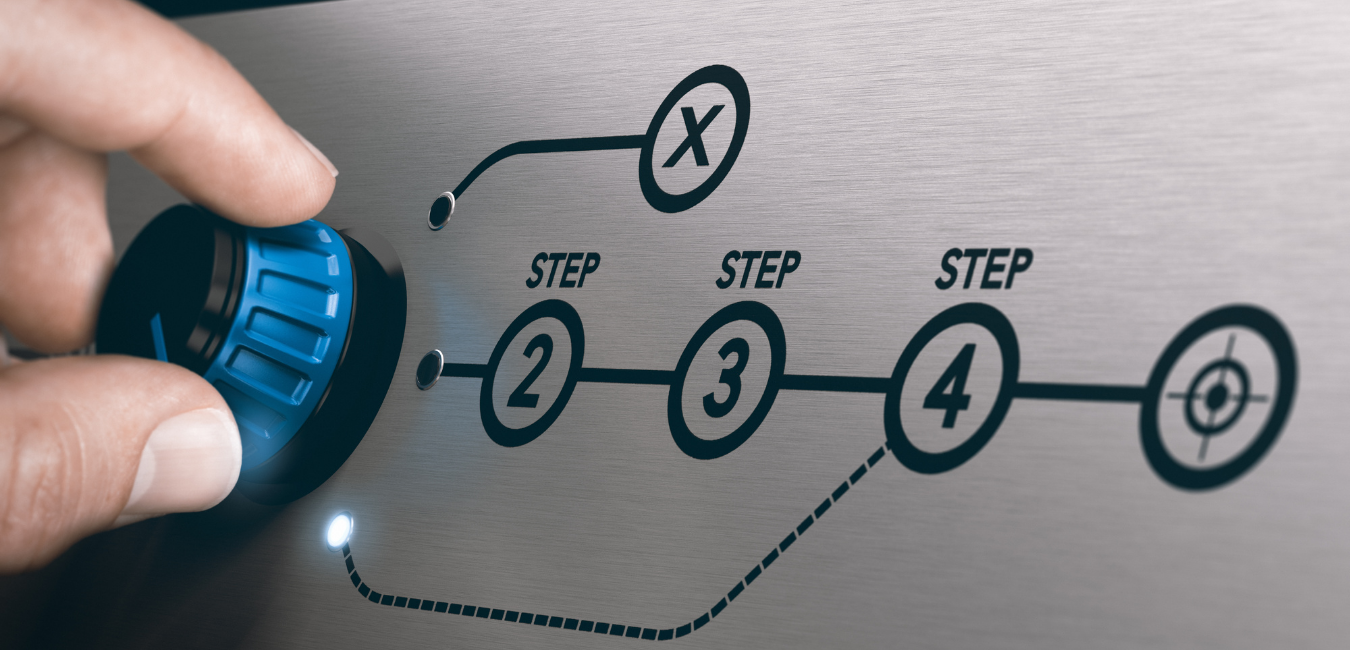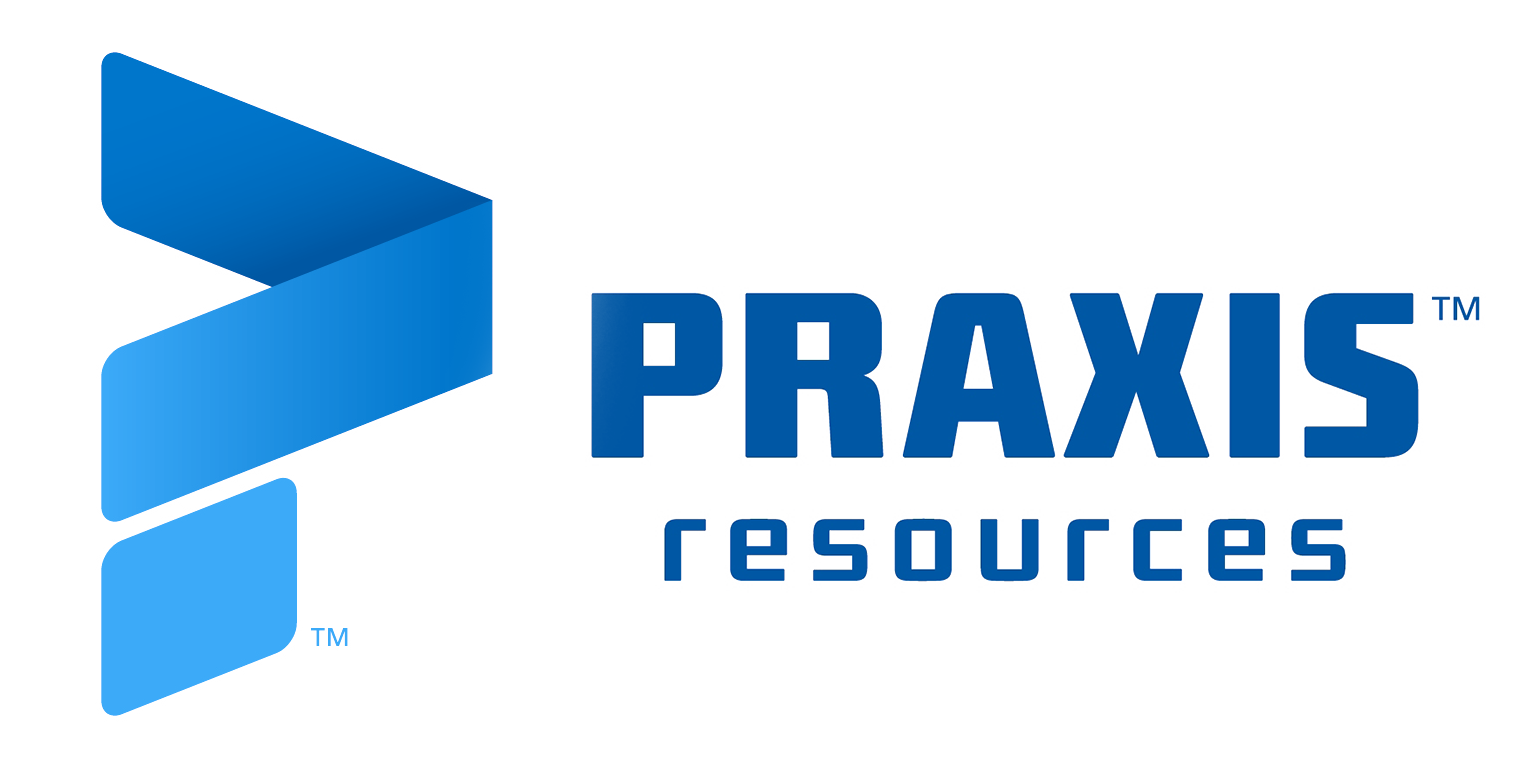
Rapid prototyping is a process used by engineers and product developers to create quick and inexpensive prototype of their designs. The idea behind it was to make the design process more efficient and to get your project completed faster.
In this article we will go over six steps you can take to improve your rapid prototyping process so that you can work towards building better, more efficient, and cost-effective prototypes for your projects.
Vary The Scope Of Your Rapid Prototype:
While trying to create a prototype that works as quickly and cheaply as possible, some people get too caught up in the process. In their minds, they must build the entire product no matter what it does or how it looks. However, this will not give you data on whether or not your design even works. You need to make sure your test plan matches the scope of your prototype. It is okay for most rapid prototypes to be incomplete and limited in certain ways providing those limitations are specified beforehand with everyone who will see the end result so they know what to expect from the prototype and what elements don’t work due to time constraints or must be removed before going into production.
One of the most important things you can do with your prototype is demonstrate how it works. Remember that if you don’t do this, you are wasting your time and money. If a prototype doesn’t show how it works to people, then it isn’t really doing anything for the design process. Get an outside opinion on whether your prototype meets these expectations before spending too much money on it.
Keep Your Prototype Simple:
You can still take steps to improve efficiency while keeping simplicity in mind when planning out your rapid prototype. While different aspects of your product will be more complex than others (e.g., electronics may be more complex than mechanics), you should try to keep all parts as simple as possible because complexity generally slows down prototyping. This will help you avoid getting caught up in the design process and allow you to focus on improving your product without having to worry about dealing with overly complicated prototypes.
One of the best ways to make sure your prototypes are simple is by using CAD software, learn more about our design services here. By modeling parts digitally before actually building them, you can be sure that they are as simple as possible and easy for manufacturers or other developers to use if necessary.
Keep Your Prototype Small:
Another way to keep your prototyping process efficient is by making small changes during each step of development. People will often get carried away when creating a prototype, changing so much of their project from initial plans that it becomes unrecognizable in terms of function or appearance from its original design concept.
In these situations, the prototype can lose a lot of its usefulness since it has no real resemblance to the final product that will go into production. You want to keep your prototypes as similar in design and function as possible to how they will appear before going into production (i.e., after you’ve made all the necessary changes needed to create a final, high-quality product).
Use Your Prototyping Resources Wisely:
You should also use your resources wisely when planning out your prototype. If you have something readily available on hand such as an existing part or pre-made tooling (you just need to modify it), then use this instead of making one from scratch if possible. Creating everything yourself is often much more expensive than buying it from a third party or using something you already have access to.
To do this, you will need to make sure that everyone involved in your prototype has the correct information about what you want and how they can help you achieve it so they can be productive while working on your project. If employees are unsure of their role or lack the proper tools for parts of the job, then not only could things take longer than needed, but quality might suffer as well.
Use Your Prototyping Resources Wisely (Part II):
If someone offers to help with construction of prototypes during development your involvement in this process should be limited at first so that other people know how to do certain tasks without relying on others all the time. This reduces complexity and will help the entire process move along faster.
Once your prototype is ready to be tested, you can use it to make any necessary adjustments before sending it into production. This means that once testing is complete, you should have a final design, all the tools needed for production, and an idea of how much producing your product will cost. Sending prototypes into manufacturing without going through this process first isn’t worth it because there’s a lot they could end up costing in terms of wasted time and money if something goes wrong.
Test Your Prototype:
The most important step in effective prototyping is testing each prototype as soon as possible after making changes to ensure that everything works correctly in its current form and determine what fixes are needed to get your product off the ground.
Once you have made these changes, you can begin creating a new prototype that is as close to the final product as possible.
Even after this process is complete, it is important to continue testing prototypes throughout development so you can ensure that everything remains on schedule and within budget early on in the process. If something goes wrong, then you have time to fix it before reducing complexity in order for production of your product to be viable.
A well thought out prototyping plan will help lower cost and get your project off the ground sooner. It does not matter if what you’re working on is huge or small; take some time planning things out ahead of time and be sure to use your resources wisely so everything goes as smoothly as possible.
